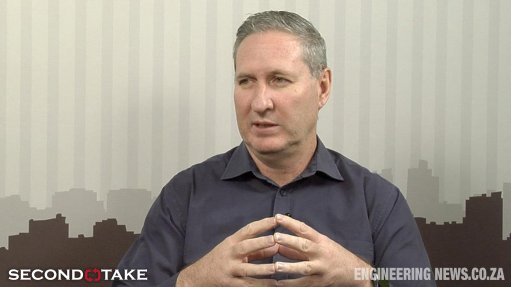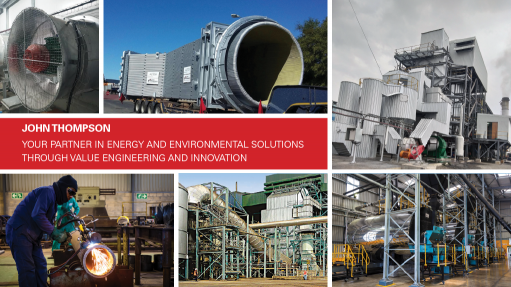Carbon capture projects hit record, but would mitigate less than 1% of emissions
The number of carbon capture and storage projects in development grew to record levels this year on the back of rising carbon prices and government incentives but would still only mitigate less than 1% of annual emissions, a new report finds.
There are now 153 CCS projects in the planning phase, 61 more than this time last year and more than at any time in history, the Melbourne-based Global CCS Institute found in its annual survey of the sector, released today. They would add to the 30 projects currently operating and a further 11 under construction.
The US leads the way with 34 new proposed CCS projects, followed by Canada, the UK, Norway, Australia, the Netherlands and Iceland. Favourable policies stimulated investment in these countries, including higher carbon prices, tax credits and direct grants, the report found.
Despite the jump in new capacity, all existing and proposed projects would be able to store just 244-million tons of CO₂ a year, less than 1% of the 36-billion tons of carbon dioxide the International Energy Agency estimates was added to the atmosphere last year.
Carbon capture and storage technology, which captures carbon dioxide from a range of sources and stores it underground, usually in depleted oil or gas reservoirs, has proved a controversial technology. Supporters say it has a vital role in the push to keep global warming to within the Paris Agreement’s stated target of 1.5 degrees celsius, with around 1.3-billion tons of storage capacity needed by 2030 to meet that target, according to the IEA. But critics argue CCS is an expensive, ineffective technology that serves to prolong the life of fossil fuels.
Early examples focused on capturing emissions from coal-fired power plants, while on the storage side, CO₂ was often injected into petroleum reservoirs to extract oil, a technique known as “enhanced oil recovery”. Both applications supported continued fossil fuel use, which is still the main area for CCS projects.
Natural gas processing is the most common application in existing CCS projects, while ethanol production, power generation, manufacture of hydrogen with natural gas (known as “blue hydrogen”) are the most common for those in development.
But attention has increasingly widened to technology such as “direct air carbon capture and storage” (DACCS) -- which removes CO₂ directly out of the atmosphere and stores it -- and capturing the emissions from hard to abate industries like cement and steel. These applications were advocated by international authorities and were found growing.
“CCS is the Swiss Army knife of climate mitigation -- it will continue to play multiple, unique roles in decarbonising the global economy,” said Jarad Daniels, Chief Executive Officer of the Global CCS Institute. “Many essential industries like cement and chemical production have no other viable path for deep decarbonisation other than CCS.”
The report did not say how much the planned projects would cost, but the Global CCS Institute last year estimated between $655-billion and $1.28-trillion of investment in carbon-capture technologies could reduce emissions by 15% by 2050 -- which it argued was “well within the capacity of the private sector”.
Comments
Announcements
What's On
Subscribe to improve your user experience...
Option 1 (equivalent of R125 a month):
Receive a weekly copy of Creamer Media's Engineering News & Mining Weekly magazine
(print copy for those in South Africa and e-magazine for those outside of South Africa)
Receive daily email newsletters
Access to full search results
Access archive of magazine back copies
Access to Projects in Progress
Access to ONE Research Report of your choice in PDF format
Option 2 (equivalent of R375 a month):
All benefits from Option 1
PLUS
Access to Creamer Media's Research Channel Africa for ALL Research Reports, in PDF format, on various industrial and mining sectors
including Electricity; Water; Energy Transition; Hydrogen; Roads, Rail and Ports; Coal; Gold; Platinum; Battery Metals; etc.
Already a subscriber?
Forgotten your password?
Receive weekly copy of Creamer Media's Engineering News & Mining Weekly magazine (print copy for those in South Africa and e-magazine for those outside of South Africa)
➕
Recieve daily email newsletters
➕
Access to full search results
➕
Access archive of magazine back copies
➕
Access to Projects in Progress
➕
Access to ONE Research Report of your choice in PDF format
RESEARCH CHANNEL AFRICA
R4500 (equivalent of R375 a month)
SUBSCRIBEAll benefits from Option 1
➕
Access to Creamer Media's Research Channel Africa for ALL Research Reports on various industrial and mining sectors, in PDF format, including on:
Electricity
➕
Water
➕
Energy Transition
➕
Hydrogen
➕
Roads, Rail and Ports
➕
Coal
➕
Gold
➕
Platinum
➕
Battery Metals
➕
etc.
Receive all benefits from Option 1 or Option 2 delivered to numerous people at your company
➕
Multiple User names and Passwords for simultaneous log-ins
➕
Intranet integration access to all in your organisation

















